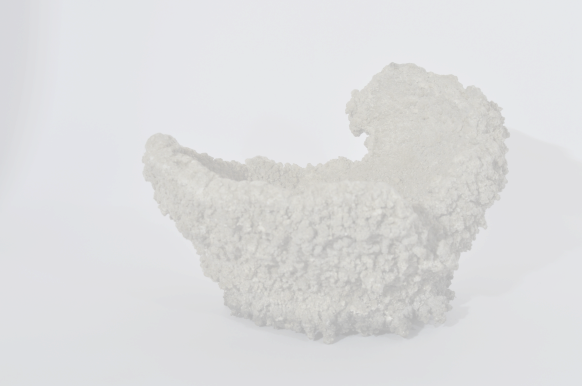
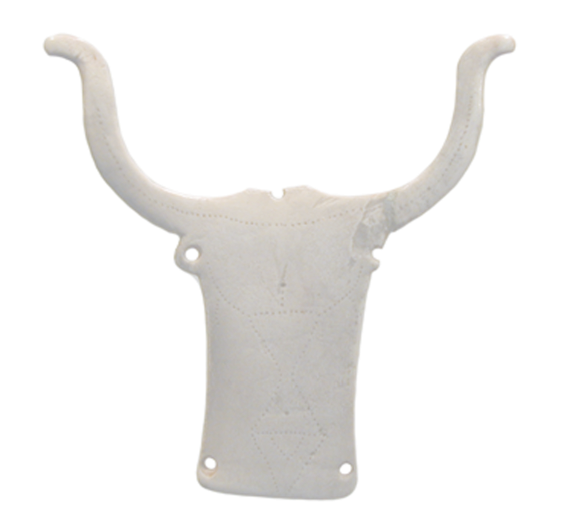
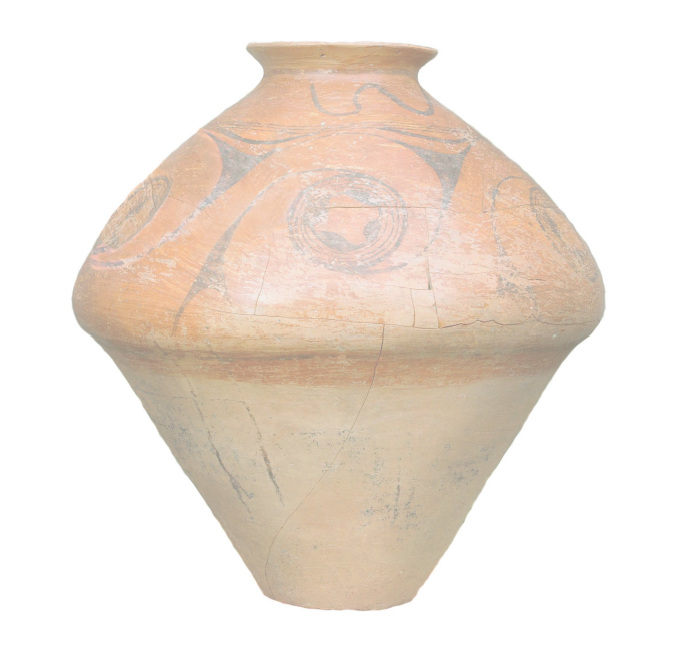
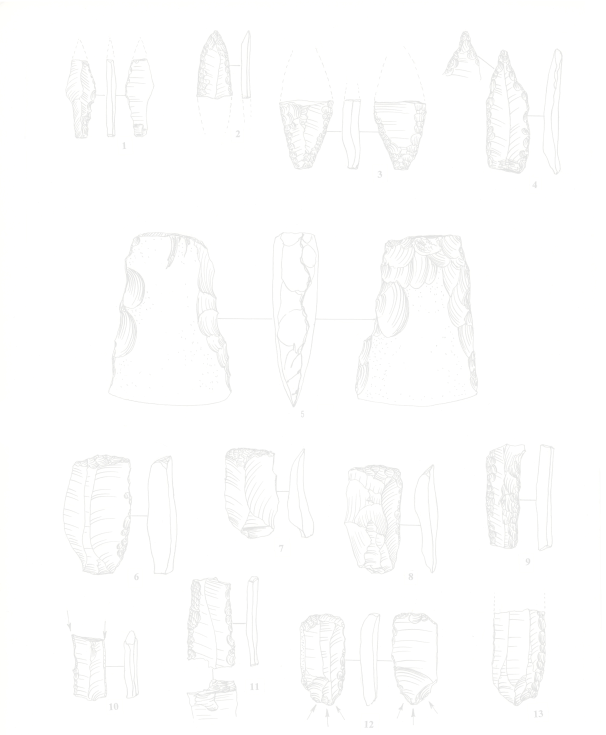
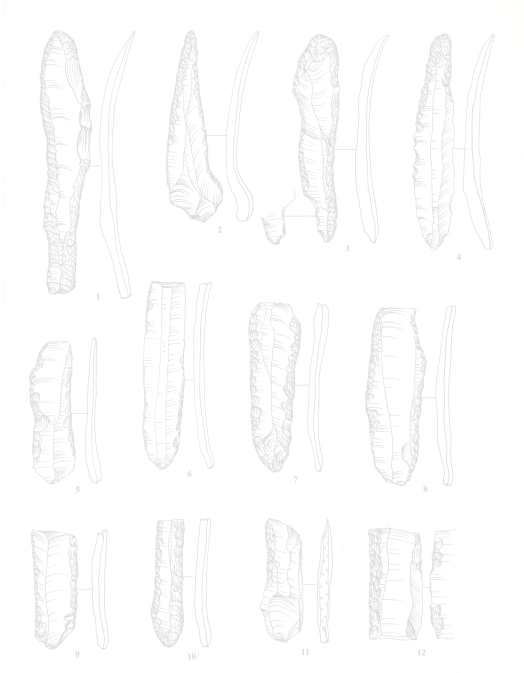
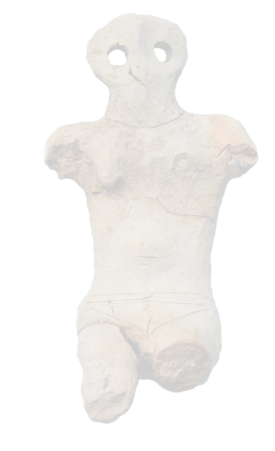

Kseniia M. Bondar, Mykhailo P. Sokhatskyi, Anatolii Chernov, Yaroslav Popko, Oleh Petrokushyn, Mariia Baryshnikova, Ruslan Khomenko, Myroslav Boyko
«Geophysical assessment of Verteba Cave Eneolithic site, Ukraine»
The set of geophysical methods employed above ground and inside Verteba Cave Eneolithic Trypillian Culture Site (Ukraine) includes magnetic survey, electrical resistivity tomography (ERT), and ground-penetrating radar (GPR). The above-ground geophysical study was aimed at the recognition of lateral and vertical distribution of sulfate karst landforms and archaeological targets. In-cave measurements were made to prospect archaeological remains in loose infill and unknown voids. The round and oval-shaped magnetic anomalies with dimensions of 10–25 m and maximum intensity of 15–20 nT are caused by old refilled collapse dolines that were discovered over the cave. The magnetic survey proved the absence of Trypillian culture houses on the surface and the presence of buried archaeological objects in the cave. 2D ERT imaging revealed the vertical structure of karstic collapse dolines, the thickness of the sedimentary layer over gypsum, as well as loamy cave infill. ERT was capable of detecting the void in gypsum by resistivity enhancement up to several thousand ohm-meters. The underground GPR survey of cave walls provided information about possible vertical air−gypsum and loam−gypsum interfaces within the gypsum layer. The prospective areas for future archaeological excavations and the possible location of undiscovered cavities were outlined on the basis of geophysical results.
Повний тест статі можна завантажити тут.